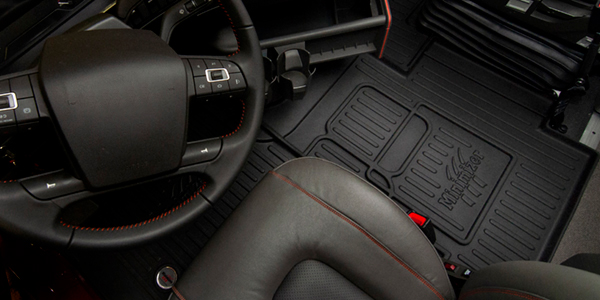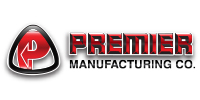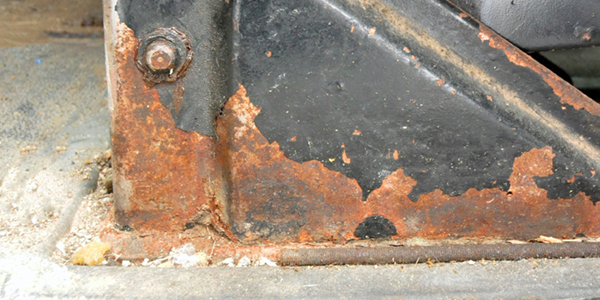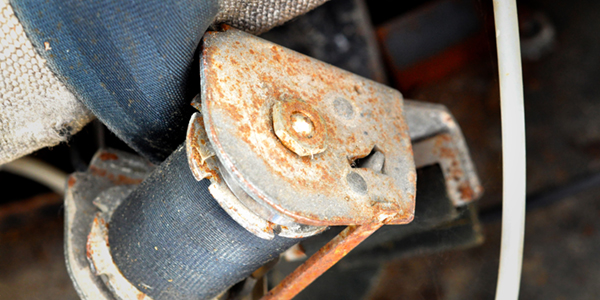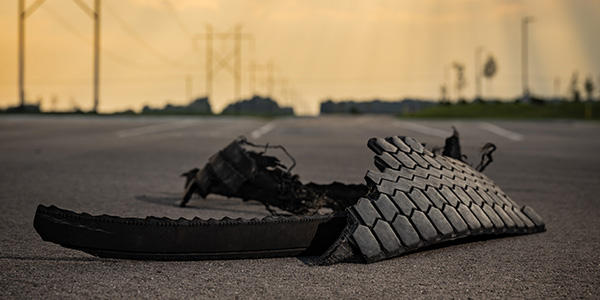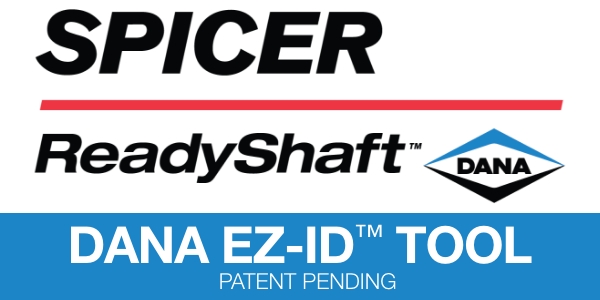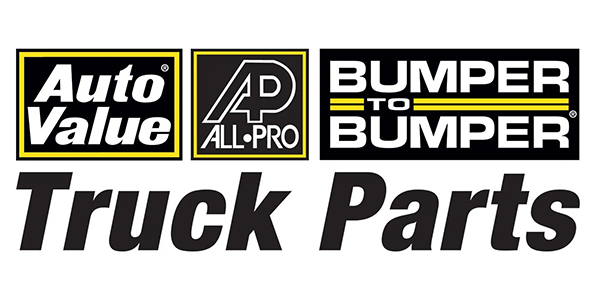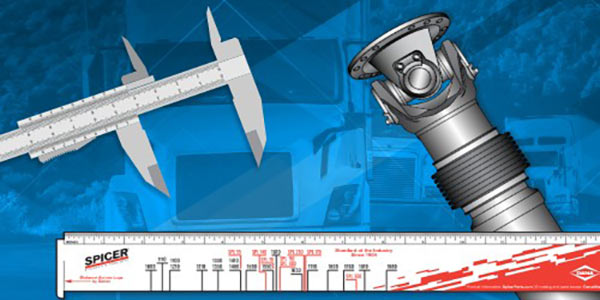In-cab corrosion is a big deal in the heavy-duty trucking industry, costing fleets five-to-six figures annually.
Every fleet manager in the business would love to eliminate in-cab corrosion, but how?
Chemicals are introduced to the cab by a driver’s boots, and drivers are in and out of the truck numerous times a day. The salt and grime brought into the cab on a driver’s boots are the number one source for interior cab corrosion. It’s a seemingly impossible fight.
In the winter, snow and ice team up with the deicing chemicals used on roadways to wreak havoc on a cab’s interior. The problem is made worse because of the hygroscopic nature of the chemicals.
Hygroscopic material continues to draw moisture from the air, even in seemingly dry environments.
As the driver’s boots dry out, the deicing chemicals’ remnants get sucked into the HVAC system are recirculated throughout the cab.
The Technology & Maintenance Council (TMC) has had many discussions regarding in-cab corrosion. Their task force on the subject has discovered that many rolled up cab rugs on two to three-year-old trucks had been nearly eaten away by corrosion.
However, the floor itself isn’t the only thing impacted by corrosion. Seat belt mounts and retractors are also vulnerable, but perhaps more importantly, the damage to electrical wiring and connectors can be devastating, not to mention costly.
During a 2016 TMC task force meeting, one attendee said that corrosion had destroyed a four-thousand-dollar sensor within six months. The task force’s advice was to inspect all sealed connectors because once moisture gets in the cab, it gets in the wires.
Most highway departments now use chloride-based deicers, such as calcium chloride or magnesium chloride. While these compounds do an excellent job of keeping roads clear during inclement weather, they also pose a significant risk to commercial vehicles.
Several fleets say that it costs them between eight hundred and fifteen hundred dollars every time a driver leaves because that’s the cost to either replace or clean the cab floor. And the chemicals that impact that floor are a deterrent to attracting and retaining drivers.
One of the best ways to prevent in-cab corrosion are tray-style floor mats, which have a raised edge all around the mat, keeping the deicing chemicals–along with any spills or messes–on the mat and off the floor.
These types of floor mats can be cleaned in seconds, eliminating the need to remove the driver’s seat to get to the carpet, so you can then remove the carpet and steam-clean it. That’s an all-day job with enormous shop rates, whereas these tray-style mats can be pulled out with ease and cleaned in a matter of minutes.
They also do a great job of keeping the cab and its native floor looking brand new, so any driver will be impressed with his new rig when he steps inside.
In-cab corrosion is a formidable opponent, but there are some solutions out there that can help you beat one of the costliest issues in trucking today.

